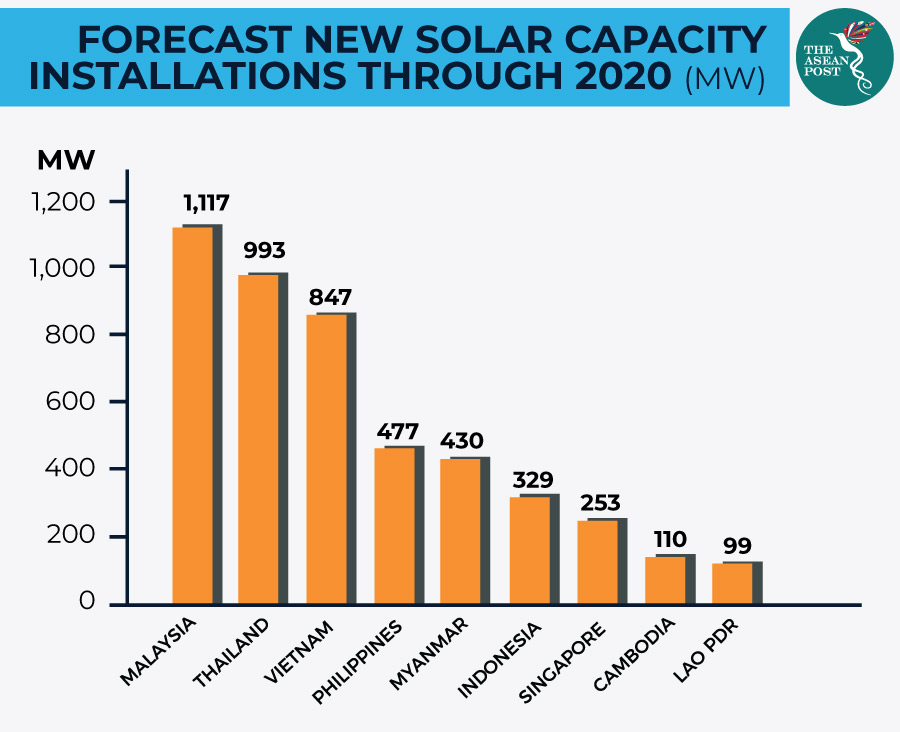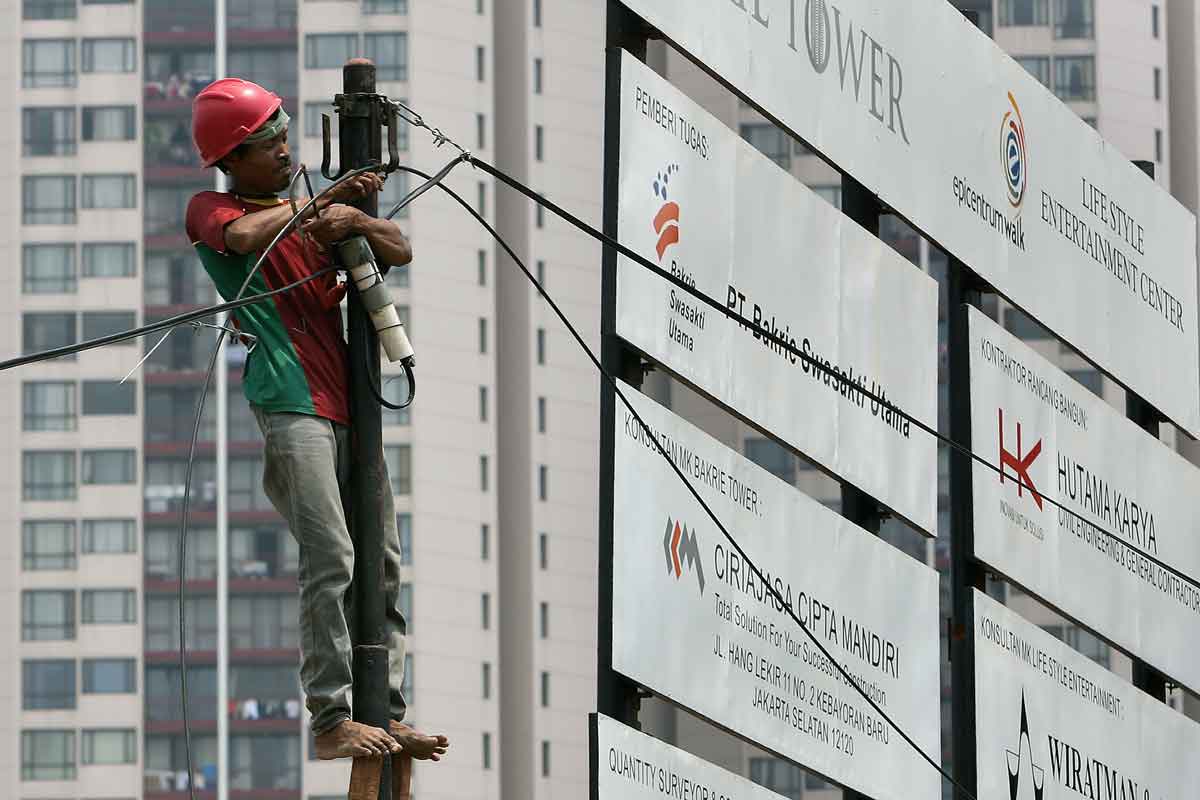Indonesia is the largest energy consumer among all ASEAN member states, and with over 260 million people, energy demand in the archipelagic country is growing rapidly and is expected to rise by nearly four gigawatts (GW) to 66.6 GW this year. Although dependence on fossil fuels has increased in recent years, Indonesia has started adding more renewable energy to its energy mix.
According to the International Renewable Energy Agency (IRENA)’s 2017 report titled ‘Renewable Energy Prospects: Indonesia’, the country aims to convert 23 percent of its total energy supply to renewables by 2025, and 31 percent by 2050 as part of its plans to reduce greenhouse gas emissions in line with the objectives of the Paris Agreement.
The conversion of solar energy into electricity is done either directly using photovoltaic (PV) technology or indirectly using thermal technology as well as concentrated solar power (CSP). CSP involves using mirrors or lenses to concentrate solar energy and convert it into heat. The heat is then used to create steam, which drives a turbine to generate electricity.
Huge potential
Solar energy in Indonesia has enormous potential. IRENA’s Roadmap for a Renewable Energy Future (REmap) programme released in 2016 identified a potential for 47 GW of installed capacity by 2030, which includes plans to use solar energy to provide electricity to nearly 1.1 million households in remote areas that do not have electricity.
According to IRENA, solar energy is expected to be used on a significant scale by 2030 in three ways: in utility-scale plants, on residential and commercial rooftops, and in off-grid settings to replace costly diesel-powered generation. It is assumed that this potential will be developed by 2030 through efforts by the government and state power company, Perusahaan Listrik Negara (PLN).

Titled ‘Indonesia’s Solar Policies: Designed to Fail?,’ the report stated that the country has lagged behind others in the region and calls for new regulations to spur investment. “In spite of abundant solar resources, the government continues to institute policies that serve as barriers to scaling up commercial and residential adoption of solar,” said Elrika Hamdi, IEEFA energy finance analyst and author of the report.
The IEEFA report underlines that only 24 MW of solar, including solar rooftop units, are currently installed and dispatchable to the grid in Indonesia. Not only is PLN “plagued by an inflexible and high-cost coal program that is burdening the system with grid development challenges,” investors find it difficult to see the financial benefits of installing rooftop solar systems due to regulations.
Poor policies
Apart from the Build Own Operate Transfer (BOOT) policy that discourages long-term solar investments and creates bankability challenges for some developers, some of the other policy-related barriers for on-grid solar include requiring solar producers to use “local content,” especially solar panels that are significantly more expensive and of lesser quality than imports. Another policy which should be revisited is forcing solar producers to match the price of baseload coal-powered units that are heavily subsidised by the state.
While financing rarely represents a critical factor in the relatively low number of solar projects in Indonesia, IEEFA found that the lack of scalable projects of sufficient size and quality to meet bankability standards was a bigger headache.
Clustering several smaller projects into one large renewable energy investment deal that appeals to financial institutions would help address this problem, as will more investment in education to train the next generation of engineers and technicians who can manage and maintain the transition to a more sustainable energy sector.
“The opportunity is there, but political will and leadership will need to be mobilised in order to address the challenges. If not, Indonesians will face significant economic, environmental and social costs unless a new consensus can be reached about the future of the country’s power sector,” the report concluded.
Related articles:
Indonesia’s climate change stakeholders boosted
